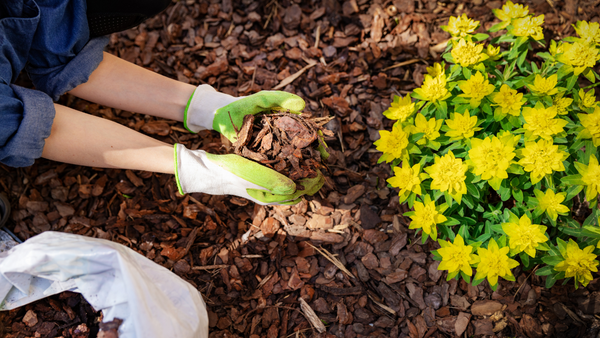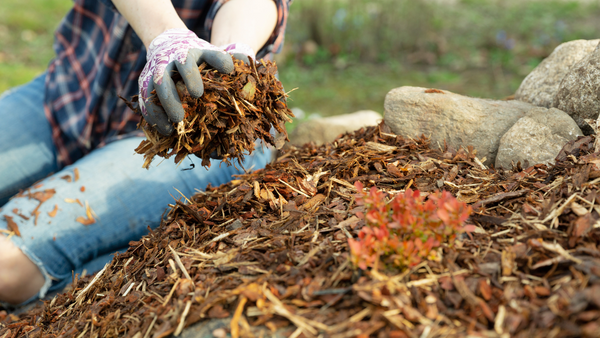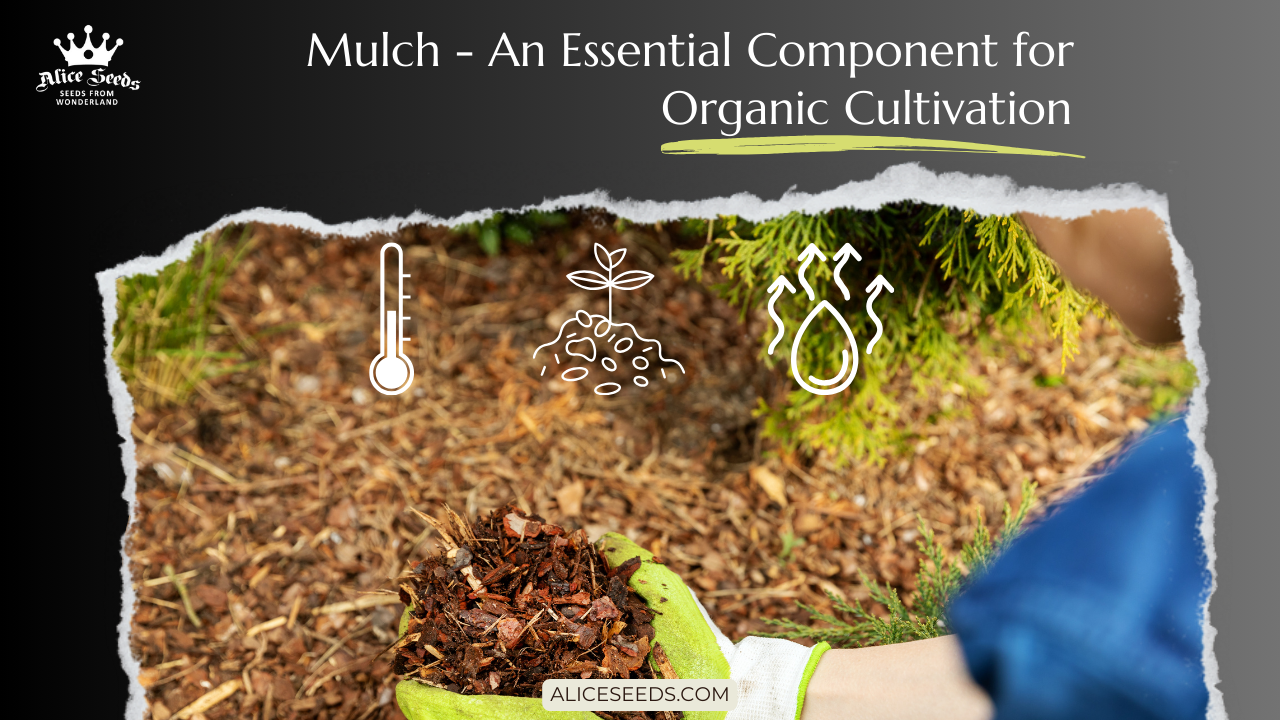Did you know why plants and trees in forests can thrive without human care? The answer is quite simple: it's all thanks to the mulch! After each season of leaf shedding, a layer of mulch forms right beneath the tree's canopy, allowing the tree to protect and care for itself. Let's explore the significance of mulch below.

What is mulch?
Mulch or soil cover, refers to a layer of material placed on the soil's surface. It's typically composed of organic materials such as leaves, branches, and tree bark, etc. Organic mulch decomposes relatively quickly, so it needs regular replenishment. Some growers use synthetic or rubber mulch for added durability, but these don't offer as many benefits as traditional organic mulch.
Benefits of mulch
- Thermal Insulation and Light Regulation: Mulch helps regulate soil temperature by preventing extreme heat in summer and maintaining warmth in winter. Stable temperatures and reduced light exposure create ideal conditions for healthy root systems and diverse soil microorganisms.
- Moisture Retention: By blocking sunlight and reducing temperature fluctuations, mulch slows down the evaporation of moisture from the soil. This helps maintain consistent soil moisture levels, reducing the need for frequent irrigation.
- Protection for Microorganisms: Mulch provides essential protection for soil microorganisms. Most beneficial microbes thrive in the top layer of soil. A layer of mulch shields them from environmental factors like temperature, light, and moisture fluctuations.
- Nutrient Enrichment: Organic mulch materials decompose over time, releasing nutrients back into the soil. This natural recycling process enriches the soil with essential nutrients, promoting healthy plant growth.
How to apply mulch

To effectively mimic a natural environment, you should spread a layer of organic fertilizer (compost, composted manure, etc.) on the soil surface before applying organic mulch. The mulch layer should ideally be around 5-7 cm (2-3 inches) thick for optimal results.
You can collect branches, leaves, and fallen plant matter from your garden or other sources to create mulch. After each harvest, be sure to collect and use the leftover plant matter for mulching during the next growing season. However, keep in mind that these materials may not be sufficient, so you should continually seek additional sources to maintain the mulch layer.
You can also practice intercropping by planting leguminous plants alongside your cannabis. After a harvest, you can sow green manure crops like clover or vetch, which will enrich the soil with nitrogen. This process will not demand much attention, as leguminous plants are relatively low-maintenance.
Important Notes
Avoid using materials from toxic or diseased plants, as these may introduce harmful elements into your soil.
Synthetic or rubber mulch does not offer the same benefits as organic mulch and is generally not recommended for organic cultivation.
Whether you're a beginner or an experienced grower, mulching is a simple yet highly beneficial practice that should be carried out regularly. It doesn't require much time or effort and provides numerous advantages for your plants. Not only does it protect and nourish your cannabis plants, but it also keeps your garden looking neat and well-maintained, fostering a more enjoyable gardening experience. Give mulching a try and observe the results!

